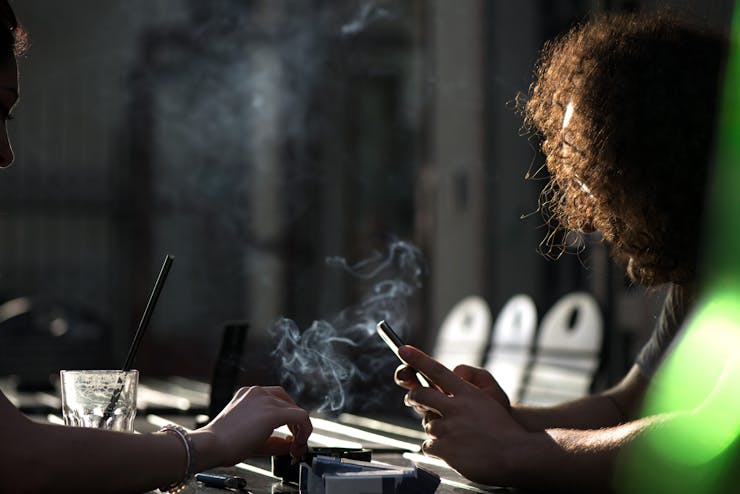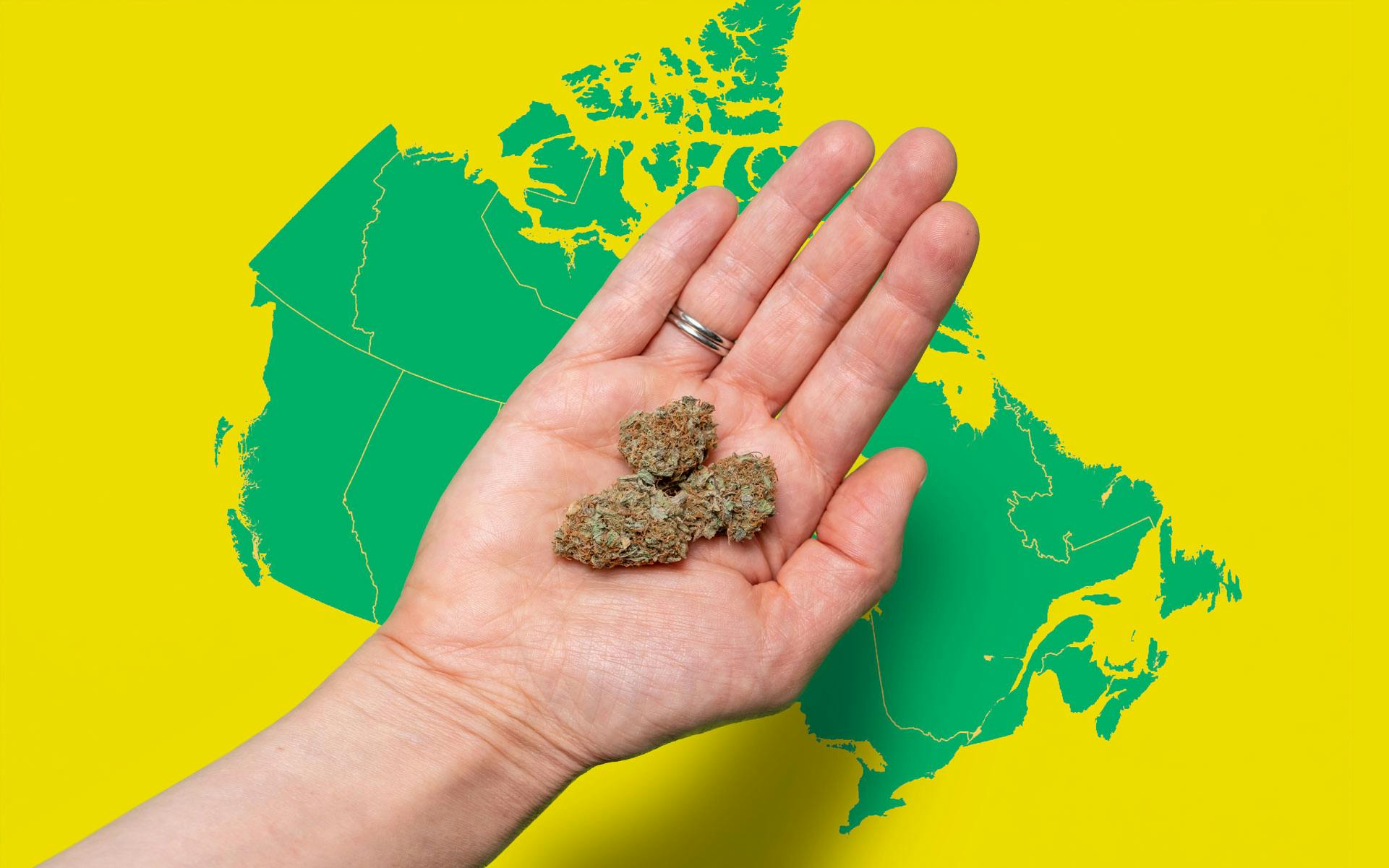What’s the deal with cannabis lounges in Canada? There’s a cruel irony in reflecting on this question given that cannabis is legal.
In the nearly four years since legalization, not a single jurisdiction has created legislation to allow for cannabis consumption in public places. Despite cannabis becoming legal in 2018, consumers can’t smoke, vape, eat, etc, in any indoor, and sometimes even outdoor, spaces.
Consumption lounges still exist all over the world, in both legalized countries and places where cannabis is still illegal. Pre-legalization there were weed lounges and compassion clubs coast-to-coast in Canada. Now those same players are being fined millions for still operating.
Believe it or not, the lack of cannabis cafes in Canada is a problem for consumers and non-consumers alike. In addition to being a proven tool for harm reduction, it is also a giant missed opportunity for tourism (hello, Amsterdam?!). Will we ever get them back?
Consumers deserve legal cannabis consumption spots too
Anyone in Canada over the age of 19 can walk into a bar and enjoy a cold pint of beer or a cocktail without facing a shred of judgement. People who like caffeine can get their hands on a hot cup, anytime, anywhere.
But if you want to consume another legal substance, cannabis, in a venue outside of your home with a couple of friends, you are (mostly) out of luck.
Advocates will attest that with the safety profile of cannabis, coupled with the strict regulations that exist around its consumption, this level of coddling is unnecessary.
This lack of consumption spaces is alienating and it continues to stigmatize the plant long after we’ve been told it’s okay to partake in our substance of choice.
The problem with smoking bylaws is that one size doesn’t fit all
Lawmakers and public health officials will say that smoking bylaws primarily stand in the way of cannabis consumption lounges, and they will justify including cannabis smoke in these bylaws because they believe that by doing so, they are reducing harm to the public.
Smoking bylaws exist to protect the health and safety of the public and are in place for good reason. I’m not here to debate their validity. What I will argue against is the fallacy—one largely accepted by governments and peddled to the public—that tobacco smoke and cannabis smoke are equally harmful.
There is evidence that shows that while the two substances have many of the same components, they do not have the same effect. While it’s true that inhaling any kind of smoke is harmful to lung health, the pharmacological activities spurred on by tobacco and cannabis smoke are very different.
The narrative that the two are equal also completely erases the fact that, for many Canadians, smoked cannabis is medicinal and can improve overall quality of life. The same cannot be said for tobacco smoking, which leads to the death of an estimated 48,000 Canadians each year.
Weed lounges and compassion clubs are harm reduction
Here’s the thing: there is already plenty of evidence to show that cannabis lounges themselves can also serve as a means of harm reduction.
Cannabis lounges in Canada have shown us firsthand they help encourage harm reduction in two ways: by protecting those who aren’t interested in being exposed to cannabis smoke from it entirely, and by giving cannabis consumers a safe place to gather and consume without having to be ashamed of using a legal substance.
Bylaws that prohibit consumption in parks, on sidewalks, and other areas also create problems for consumers who can’t smoke in their homes. This is especially problematic for patients who consume cannabis for medical purposes.
Lounges create a place for patients to consume where they a) don’t have to worry about being ticketed for a bylaw infraction, and b) can find camaraderie and a sense of belonging with other patients and consumers.
Recreational consumers, too, should have a place to consume a legal substance without having to worry about irritating sensitive noses or being subject to angry glares.
While most will just brush off these reactions and go about their business, I’d bet that if there was a designated place to light up, consumers would choose to head there instead of potentially annoying their neighbours.
Are we getting any closer to getting these spaces back?
Entertaining the idea of these safe spaces returning feels futile, and it’s easy to see why. A Canadian Pressarticle from September 2021 noted that when provincial and territorial regulators were asked about cannabis lounges, “many [said] they are not even under consideration.”
While there have been whispers from the provincial governments of both Ontario and British Columbia as well as the City of Edmonton that consumption lounges could one day be on the table, these propositions involved only smoke-free lounges.
Little has been said by these jurisdictions since they expressed initial interest. In Alberta, regulations recently allowed for the licensing of cigar smoking lounges, however, cannabis lounges continue to be out of the question.
Canada has already had these lounges (and they work)
Canada’s lack of cannabis smoking establishments is especially frustrating for consumers who, prior to legalization, may have had access to any one of the lounges that existed in cities like Victoria, Vancouver, Kingston, Toronto, and St. John’s (just to name a few).
Before the Smoke-Free Ontario Act was amended ahead of legalization to ban vaping and cannabis smoking indoors, lounges like Hotbox and 420 Sessions existed in a grey area because the act was specific to tobacco smoke.
Outside of the law or not, these lounges served as community hubs and provided a place for cannabis consumers to feel welcome.
Ask anyone who had the pleasure of lighting up in the lounge at the Victoria Cannabis Buyers’ Club, or used a Volcano with friends at any one of the many vapour lounges in Vancouver or Toronto, and they’ll likely agree these establishments were invaluable and provided a unique, safe, social environment.

Cannabis consumers in other parts of the world—see: Amsterdam, Barcelona, Denver, Las Vegas and California, just to name a few—have access to a range of indoor consumption spots ranging from chill cafes with a relaxed vibe to louder venues that feel more like pubs.
As a long-time cannabis consumer and professional, I find it hard to understand why lawmakers continue to stand by the prohibition of cannabis lounges, especially when there are so many useful reasons for them to exist.
Tourism is a great reason. As Canadians who’ve visited these places will tell you, lounges serve as an incredible draw for tourists and are a fun place to hang out and spend cash.
Unfortunately, unless bylaws are revisited, visitors to Canada intent on smoking a joint with their smoked salmon eggs benny or maple syrup and pancakes will have to settle for what the rest of us do: a stealthy pre-brunch pre-roll on the sidewalk.








